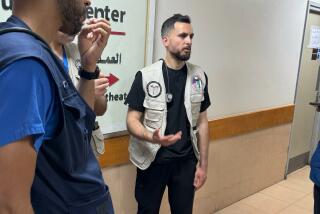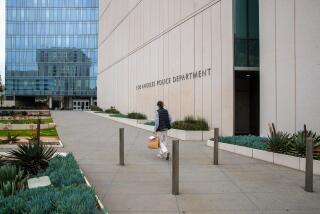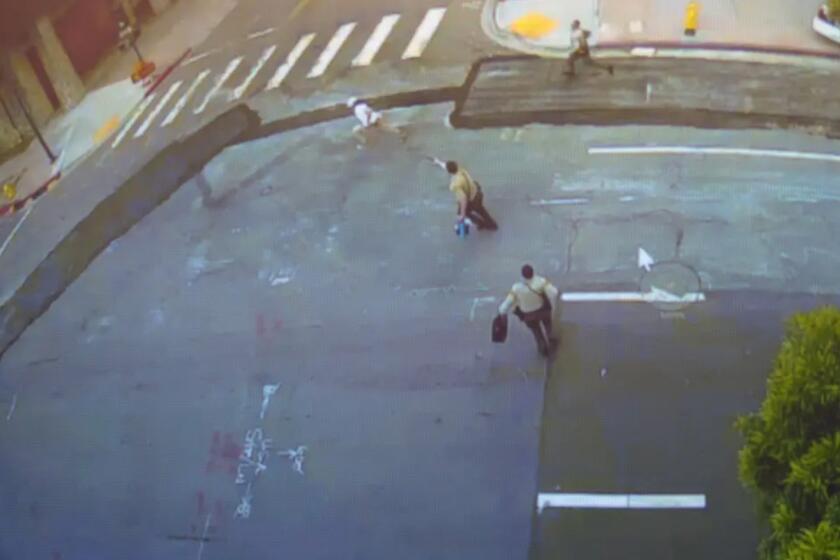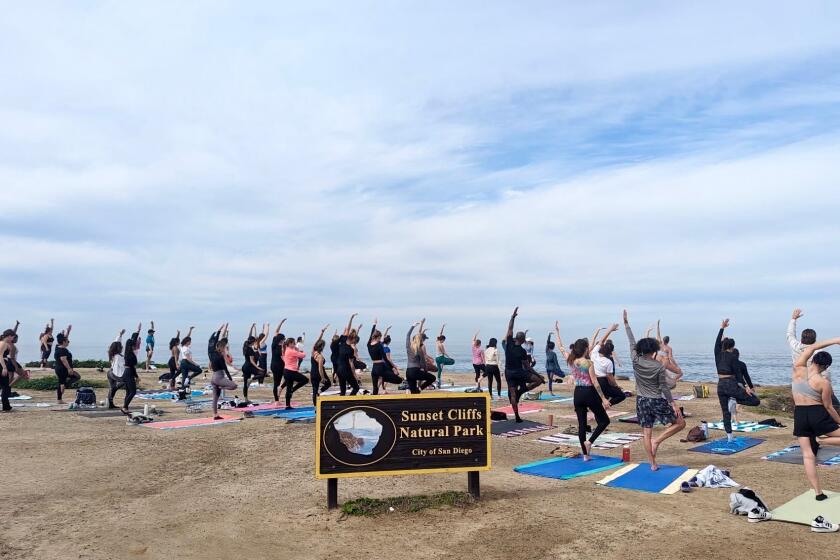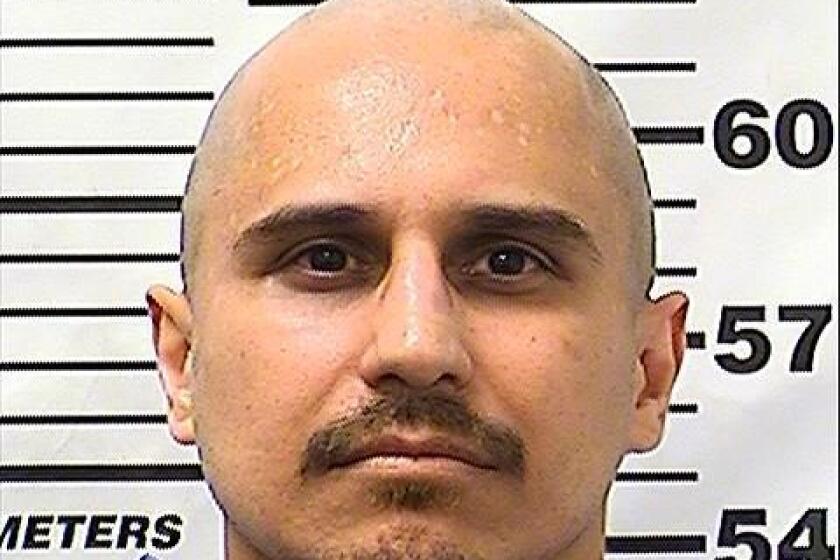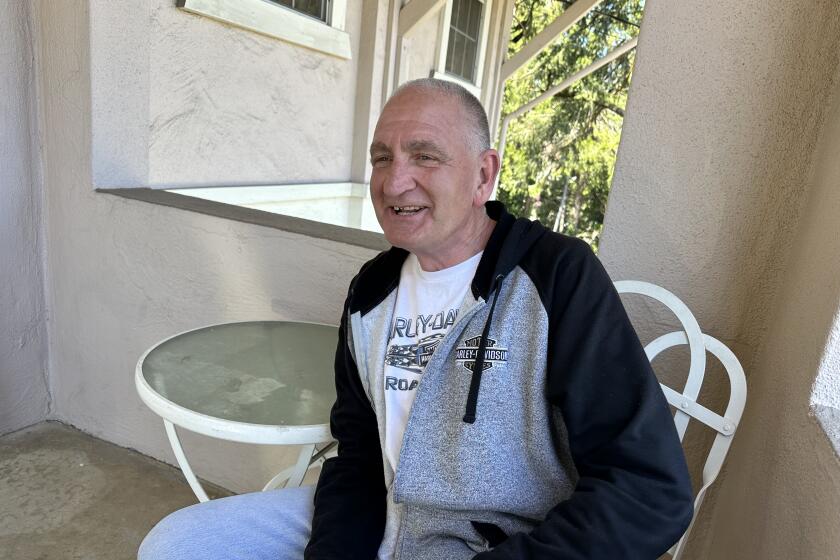New Homeless Center in Debt, Officials Say
The new, $10-million home for the St. Vincent de Paul Center, soon to be the county’s largest shelter for the homeless, will open several weeks late and probably thousands of dollars in debt, its officials say.
The center, on 15th Street between Commercial Street and Imperial Avenue, will house 350 homeless people for two-week periods and serve 1,300 meals daily. It will have a medical clinic, a counseling program and a school teaching up to ninth grade.
“We are in debt, and the biggest question is how fast we can get ourselves out of debt,” said Father Joe Carroll, who runs the center under the auspices of the Catholic Diocese. “I don’t wave red flags: It’s not my style. We have always raised the needed money before.”
The center, expected to open in early August, is short $2 million for the project, although it already has raised about $7.9 million. And while Carroll and others are determined to open the center in the black, they acknowledge that it probably will be necessary to accept a last-minute loan from Bishop Leo Maher.
“It’s normal building problems that all businesses must undergo, I suppose,” Carroll said. “And it takes patience for the money to come in. But it is the simultaneous problems. You begin to say, ‘All right God, if you don’t want this shelter . . . .’ ”
Enlarged Center
Director Mary Case said San Diego County desperately needs the enlarged center because the current center, which is housed in various rented locations downtown, has a continual waiting line. She said the new center is needed because it will focus on transitional help, such as employment and housing counseling.
“People will be staying longer at our facility and that is important,” Case said. “And as for the financial part of the center: I have great confidence in Father Joe. That area is his baby and he has proven that he can do it. I’ve never seen anybody work so hard as him.”
The original budget figure has risen $4 million because of such things as a growing list of necessities to run the new facility and the more than $30,000 paid so far for required daily testing of possible water contamination at the site.
The Regional Water Quality Control Board ordered the center in late 1985 to conduct daily tests of the water after workers drilling in the underground parking structure uncovered petroleum-based liquid and an explosion resulted.
The tests probably will have to continue for at least six more months, Carroll said. And almost immediately after the water problem, the center was ordered to pay to have its soil analyzed. New studies had suggested that buildings in the area may be directly on a major fault line. The center once again shut down for tests.
Three days and thousands of dollars later, the center confirmed there was no fault line. Carroll said the center probably lost as much as $1.5 million from the two incidents, including labor and time lost.
“The important thing is that we will make it,” said Dean Wagner, Carroll’s administrative assistant. “It seems like every time we thought we would have to cut something out of the building, the gifts would pop in.”
More to Read
Start your day right
Sign up for Essential California for news, features and recommendations from the L.A. Times and beyond in your inbox six days a week.
You may occasionally receive promotional content from the Los Angeles Times.

